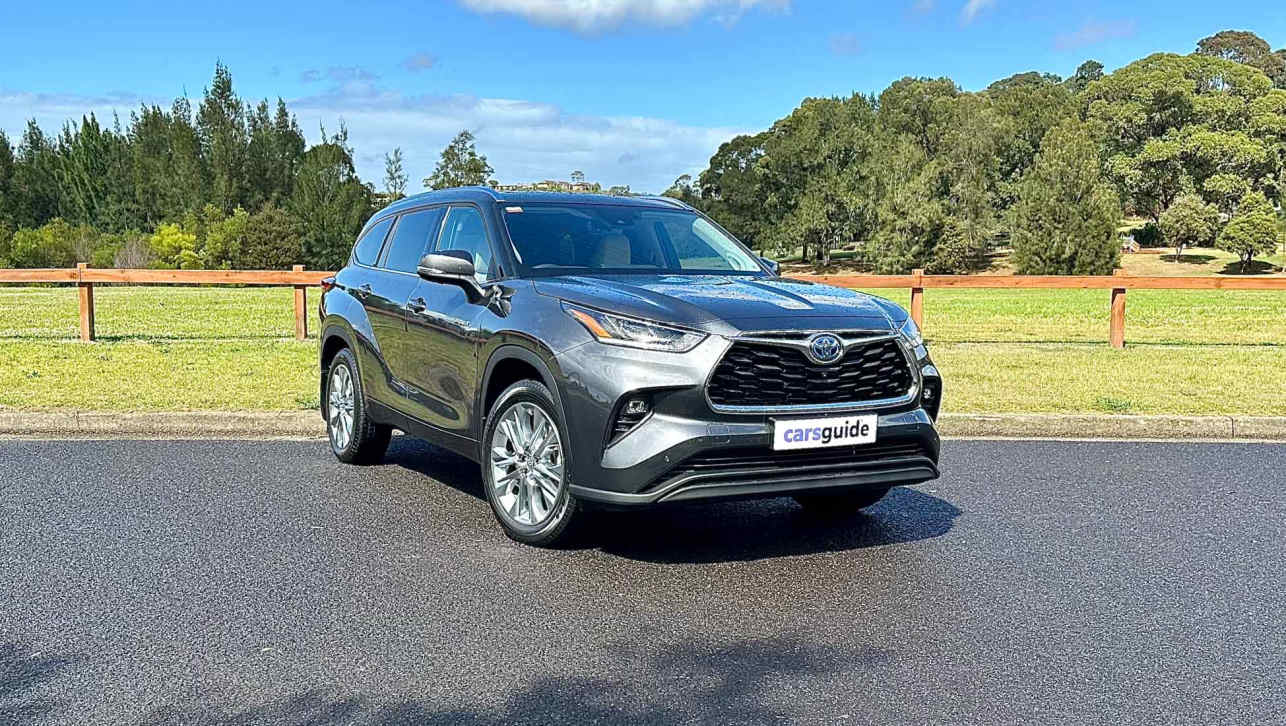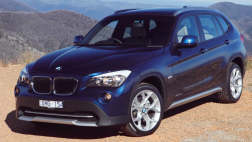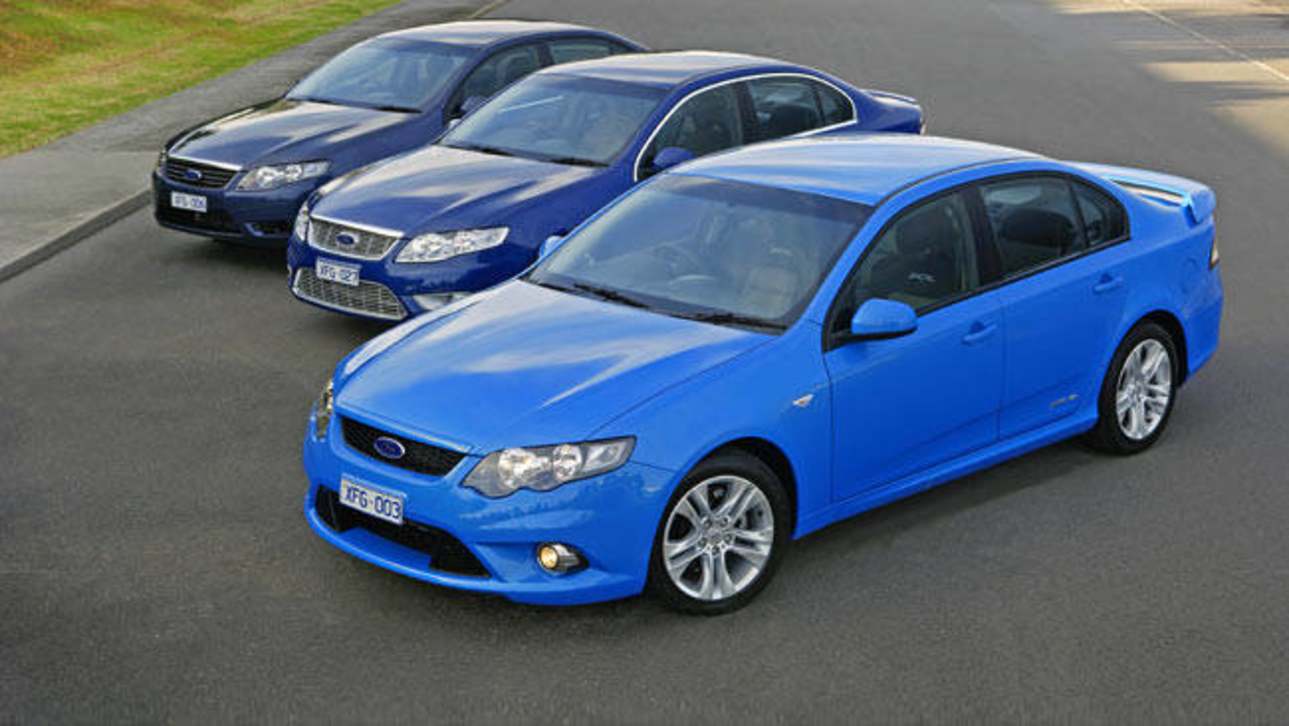It will provide a base model XT without curtain airbags for the crucial ANCAP “pole” test.
The side-impact pole test is voluntary but no new car can be awarded a maximum five star rating unless it passes. Holden and Toyota have so far declined to offer a Commodore or Aurion respectively for a pole test.
Even before the critical new FG Falcon goes on sale Ford has already come under fire in some quarters for failing to match arch-rival Holden and make curtain airbags standard across the new model range.
“We have designed a vehicle for real world perrformance, not for features or for marketing,” Ford Australia boss Bill Osborne said at the first Australian drive of the all-new FG range this week. “What matters is the performance of the vehicle and the performance of this vehicle in its standard form is that it it one of the safest in the market. I say that without reservation.”
Osborne said the decision to volunteer a vehicle for the pole test had been made some time ago and needed only to be ratified by Ford's safety assessment committee in the United States.
“It is going to happen, you can be sure of that,” Osborne said.
“We are not going to speculate on our NCAP performance but what I can tell you is that this vehicle is one of the safest on the road in real world terms and you can tell from the quality and the depth of the engineering that we can back that up.
“If you want to compare vehicles for safety perfomance you need to know the actual crash test deformation data and all those things _ you can't do it by comparing features lists.”
Holden's recent decision to make curtain airbags standard across the Commodore range almost certainly took Ford by surprise, coming as it did after the Blue Oval had released specification levels for the new model. Ford has made the curtain bags standard on the higher level moels but left the key safety feature as a $300 option on the base models.
“It is not a flaw in the planning,” Osborne said. “A flaw would have been if the work had not been done to make the curtain bags available. That work has been done and this (making curtain bags standard) is a very simple thing to fix if we so desire.”
Ford's claims that the FG underwent he most comprehensive safety engineering program ever for a Falcon is supported by an impressive list of crash tests _ both real and computer simulated _ going back as far as two years before the first “real” FG was ever built.
“The design and simulation testing for this car was unprecedented,” Adam Frost, Ford Australia's chief engineer for virtual safety said. “Using the super computers at (Ford hedquarters) Dearborn (Michigan) we were able to run the most complex crash simulations and repeat them for multiple design testing.”
Frost said a typical four-hour simulation on the super computers would take as long as 18 months to run on a typical home computer.
“We were able to run some 5000 simulated crashes.”
During development of the FG 90 full vehicle crashes were conducted utilising the world-leading crash laboratories of Ford in Dearbon and Volvo in Gothenburg.
Key developments in the FG safety program were the use of four grades of high strength steel, including ultra-high strength Boron in side intrusion protection; optimised load paths to shift crash energy around the passenger cell; a deformation by design structure with predetermined deformation points; a rigid occupant safety cell and the intelligent crash sensing system.
The sensing system is built around a series of sensors in the front and side of the vehicle linked to a central crash computer fully protected in the centre of the car with its own sealed power supply. The computer tastes sensor input 4000 times a second with the senors capable of reading the possibility of an impact from little more than the pressure wave of an object about to hit the car.
Within 1 millisecond the crash computer is alerted and by 7.5 milliseconds it has assessed the probable severity of the impact and begun taking assertive action by inflating the airbags. At 70 milliseconds the computer unlocks the doors _ and all of this before the driver is even aware of the accident. That awareness comes at around 150 milliseconds by which time all of the passive safety functions _ primarily airbags and seatbelts _ have done their job.
First drive of the new FG Falcon: Carsguide tomorrow.







.jpg)
.jpg)
.jpg)

.jpg)

























































Comments